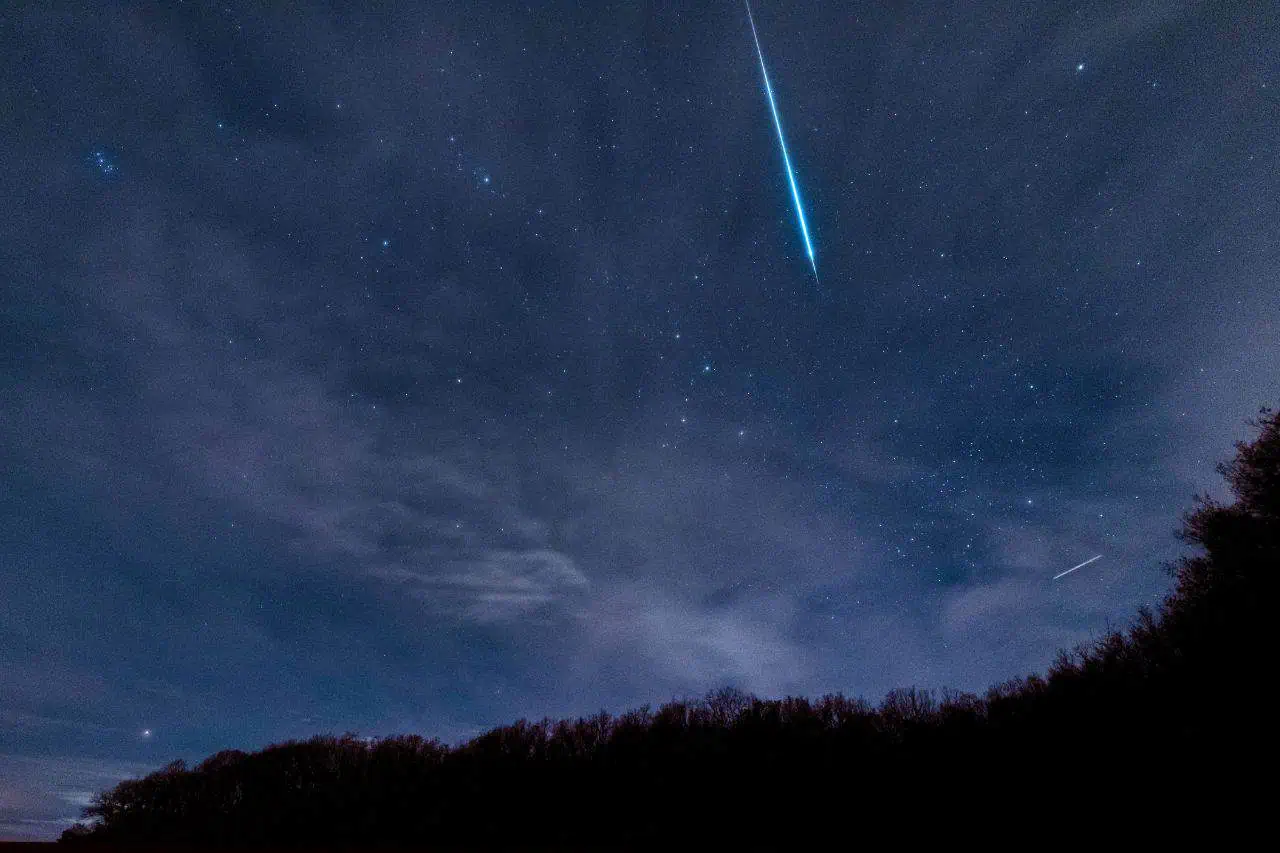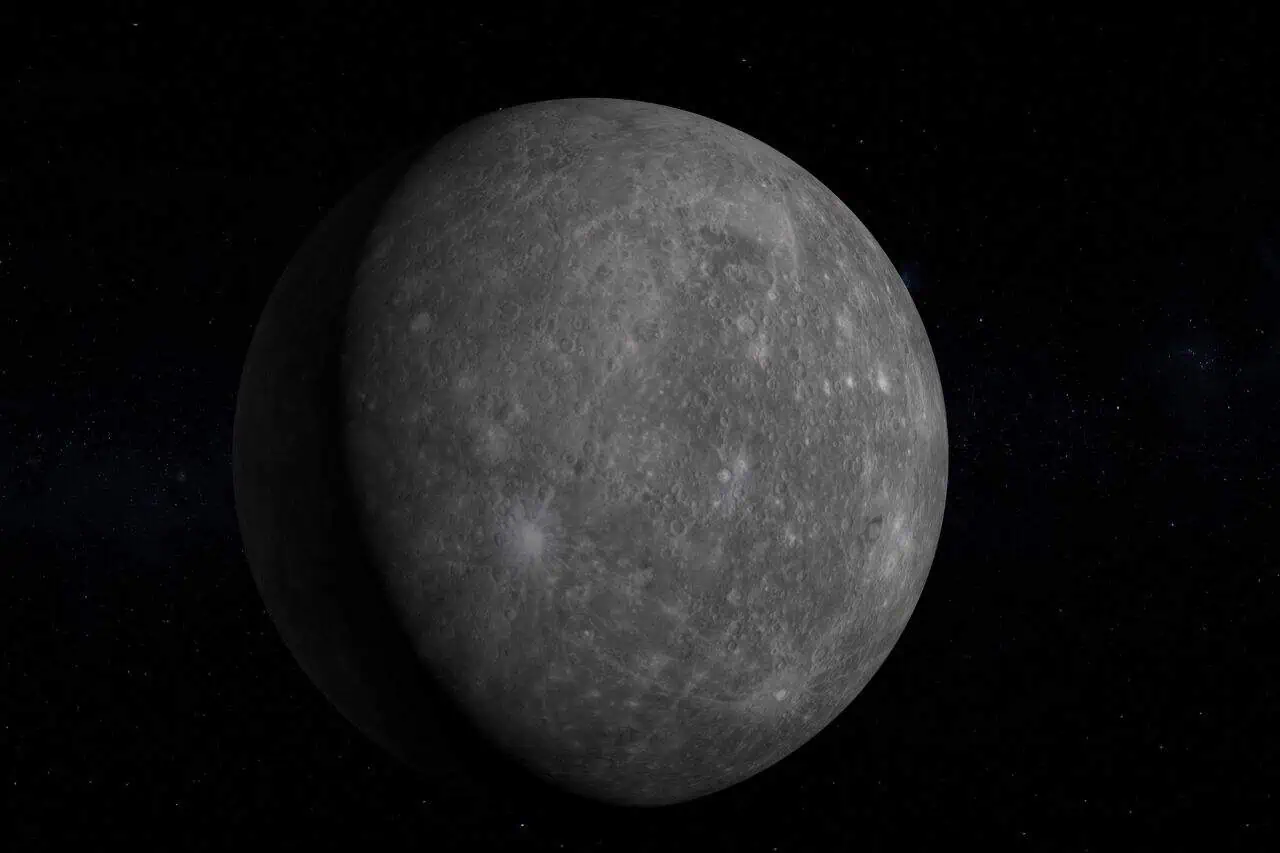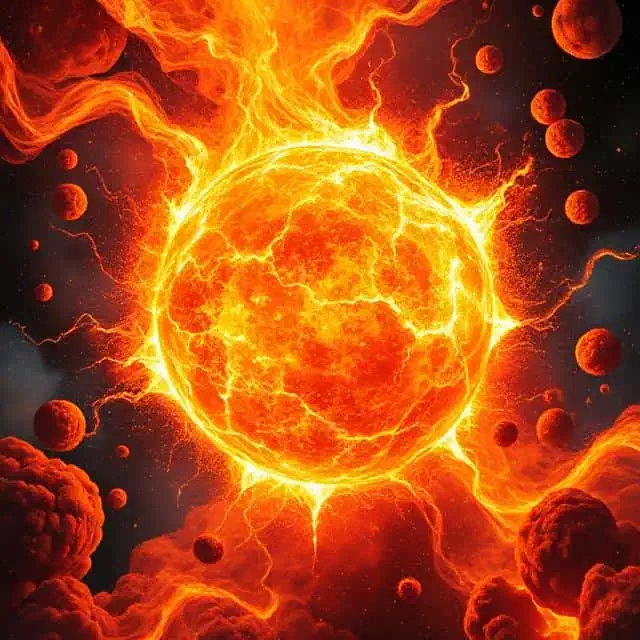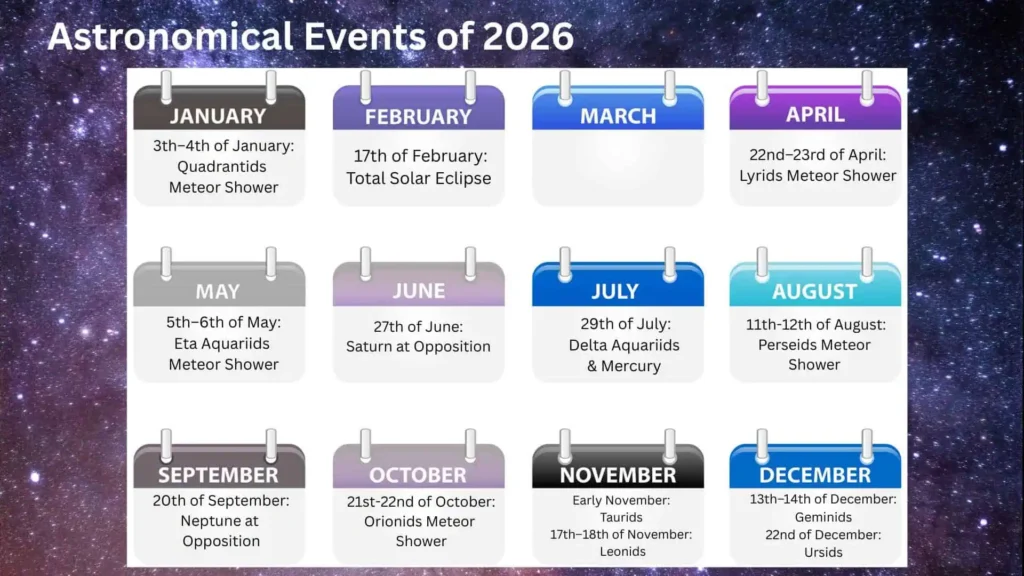The Best Astronomy Events of 2026
Get ready, stargazers!
The year 2026 is full of amazing sky shows, from bright meteor showers and magical eclipses to beautiful planet sightings.
To help you enjoy the astronomical events 2026 has to offer, I’ve created an easy-to-use astronomy calendar just for you.
Below, you’ll find a clear calendar showing the most important events month by month. After that, you can read more details about each one, including what to expect and when to look up.
Whether you’re new to stargazing or already love watching the sky, this guide will help you keep track of astronomical events today and all year round.
Let’s enjoy the universe together!
January 2026: Quadrantids Meteor Shower & Cosmic Events Kickoff
The year begins with a bang thanks to the Quadrantids. This meteor shower peaks on the 3rd–4th January, producing up to 120 meteors per hour in dark skies. Best viewed after midnight, it’s one of the brightest cosmic events early in the year.
February 2026: Total Solar Eclipse: Major Solar Event of the Year
Mark your astronomy calendar for February 17th, when a total solar eclipse will sweep across the South Pacific and southern parts of South America. It’s the most dramatic solar event of the year and a rare treat for skywatchers.

April 2026: Lyrids Meteor Shower & Celestial Happenings
Peaking around 22nd–23rd April, the Lyrids offer a more relaxed show with around 15–20 meteors per hour. These meteors often leave glowing trails and are a perfect way to enjoy the spring night sky and track ongoing astronomical events.
May 2026: Eta Aquariids Meteor Shower: A Stunning Space event
The Eta Aquariids, linked to Halley’s Comet, will peak on 5th–6th May. They’re fast, bright, and best seen just before dawn. A great highlight among space events 2026.

June 2026: Saturn at Opposition: Key Astrological Event
On 27th June, Saturn will be in opposition, making it brighter and easier to spot through a telescope. A stunning sight in the evening sky and a notable astrological event.
July 2026: Delta Aquariids & Mercury: Celestial Happenings in the Summer Sky
The Delta Aquariids meteor shower peaks around 29th July, producing 20 meteors per hour in ideal conditions.
On 27th July, Mercury reaches its greatest eastern elongation, giving you one of the best chances to see the planet just after sunset during this exciting period of astronomical events today.

August 2026: Perseids Meteor Shower: Top Sky Event of the Year
One of the most famous sky events, the Perseids, will peak on the night of 11th–12th August. Expect up to 100 meteors per hour under dark skies. Perfect for family stargazing nights!
September 2026: Neptune at Opposition – Rare Astronomical Event
Look out for Neptune on 20th September as it reaches opposition. You’ll need a telescope, but it’s a rewarding challenge for astronomy lovers following astronomy events 2026.

October 2026: October Sky Highlights & Orionids Meteor Shower
October sky brings crisp evenings and beautiful viewing conditions.
The Orionids meteor shower will peak on 21st–22nd October, offering 20 meteors per hour, especially in the early morning hours. A must-see in this month’s astrology events.
November 2026: Taurids & Leonids: Cosmic Fireballs and Sky Events
Taurids (early November): Known for slow, bright fireballs.
Leonids (17th–18th November): Expect about 15 meteors per hour, with occasional bursts – among the top astronomical events of late autumn.

December 2026: Geminids & Ursids: Astrological Events to Close the Year
Geminids Meteor Shower peaks on 13th–14th December and is often the most impressive of all, with up to 120 meteors per hour.
Ursids arrive around 22nd December, offering a quieter but still beautiful show. A peaceful close to a year of rich cosmic events.
Bonus: When Is the Best Moon Eclipse in 2026?
On 3rd March 2026, a total lunar eclipse will occur, visible from Europe, Asia, Africa, and Australia. This is the top moon eclipse of the year, so be sure to catch this incredible astrological event.

Final Tips for Stargazers in 2026
Use an updated astronomy calendar to keep track of astronomical events today. Plan your stargazing nights during new moons for the best visibility.
Make sure you have your stargazing kit ready! Check out our other article for the best tips for beginners to prepare the perfect setup. Also, don’t miss our guide to the best stargazing spots where you can experience these astronomical events to the fullest.
From breathtaking celestial happenings today to unforgettable cosmic events, 2026 is packed with chances to connect with the universe. Whether you’re watching a sky event just for fun or following a deeper astrological event, there’s something magical waiting for you each night.
